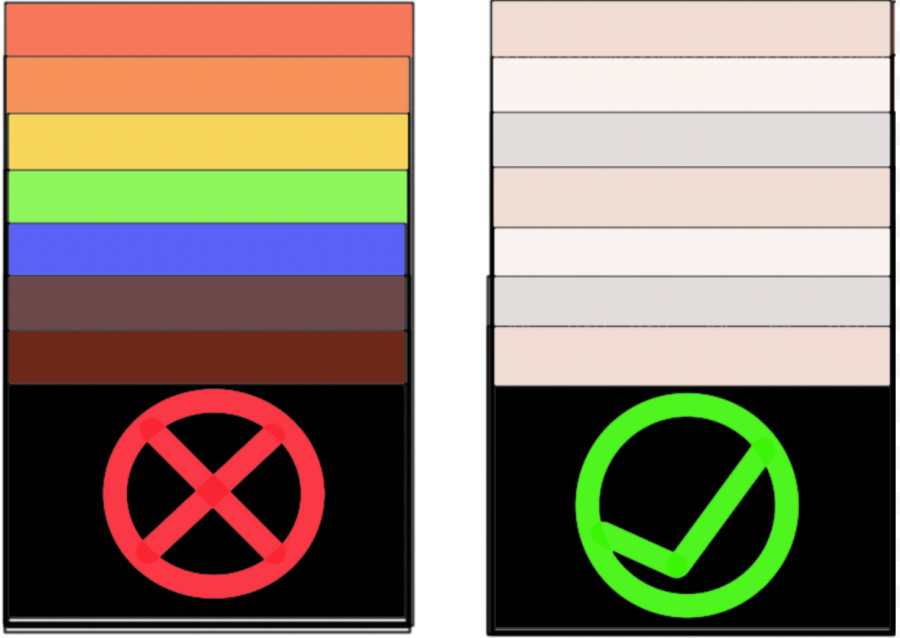It is 2017 and there is still a wage gap, which is a sad and disappointing truth.
The wage gap first received attention in 1942, during World War II. The National War Labor Board encouraged employers to lessen the wage gap between men and women, but this effort ultimately failed. Women were brushed aside and fired from jobs once soldiers returned home. While this unfair treatment may seem like a trend of the past, it is not far from reality today.’
There is current debate about whether or not the wage gap has disappeared, and rather than the answer to this question being a simple yes or no, the reality of the matter is more complicated than that.
First and foremost, American women earn 82% of the full-time weekly paycheck of a man. This statistic is broad and does not apply to all women, though. Age and race are additional factors that impact how people talk about wage inequality in America, and for one reason or the other, many who speak out on the issue tend to leave these determining factors behind.
In other words, the issue of wage inequality is not exclusive to the broad category of men and women; It is much more than that.
Age impacts the wage gap in the sense that women of older generations tend to be paid less than women of younger generations. This could perhaps be attributed to older generations of women having jobs with outdated policies that are unwilling to cater to the social changes that younger women now experience. So, while women in their 20s may be reaping the benefits of social movements devoted to improving the quality of life for women, older women are still receiving the short end of the stick.
Another key factor that impacts wage inequality is race. Despite positive social justice movements committed to improving the lives of minorities, these women are still blatantly ripped off in the workforce. Black women in America make 68% of the full-time weekly paycheck of a man, Asian women make 78%, and Hispanic 62%.
What do these numbers say about our society? Do we value men over women in the workforce? Some will argue that women choose to take on jobs that are less “valuable” or less “demanding.”
Realistically, though, industries only hire men or only hire women in order to perpetuate outdated gender roles. So while individuals do have some say in which jobs they take on, workers do not necessarily have a read on how much they will be paid as a result of gender, age, or race.
As a society torn between holding on to tradition and accepting social change, it is the responsibility of employers to create fair work environments while still holding on to company values. Nowadays, women are accepted in the workforce with open arms, but how much effort do employers put into giving these women opportunities to work their way up to better pay?
Categories:
Waging war against the wage gap
April 6, 2017
0
More to Discover









































































































